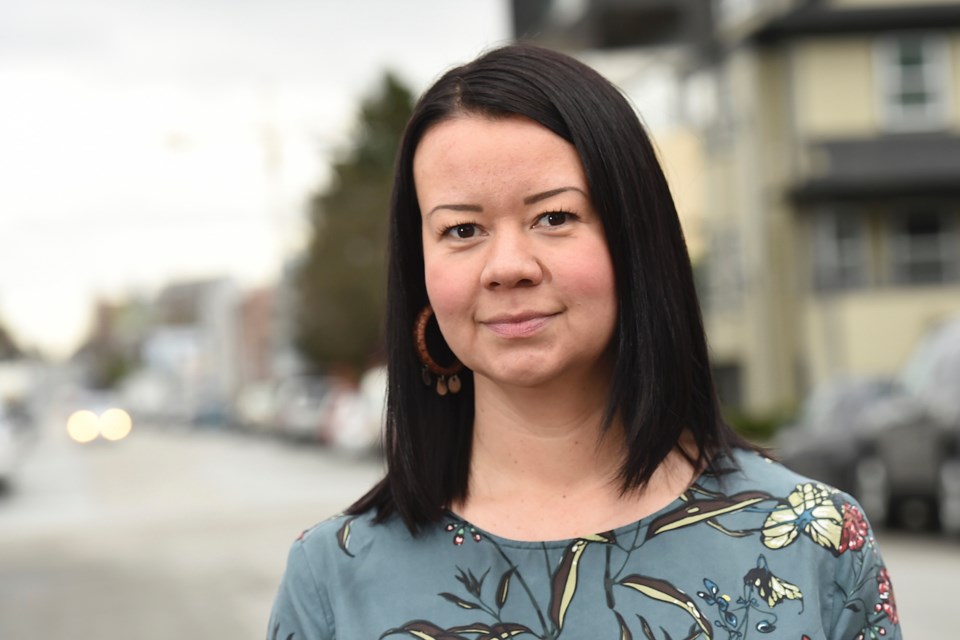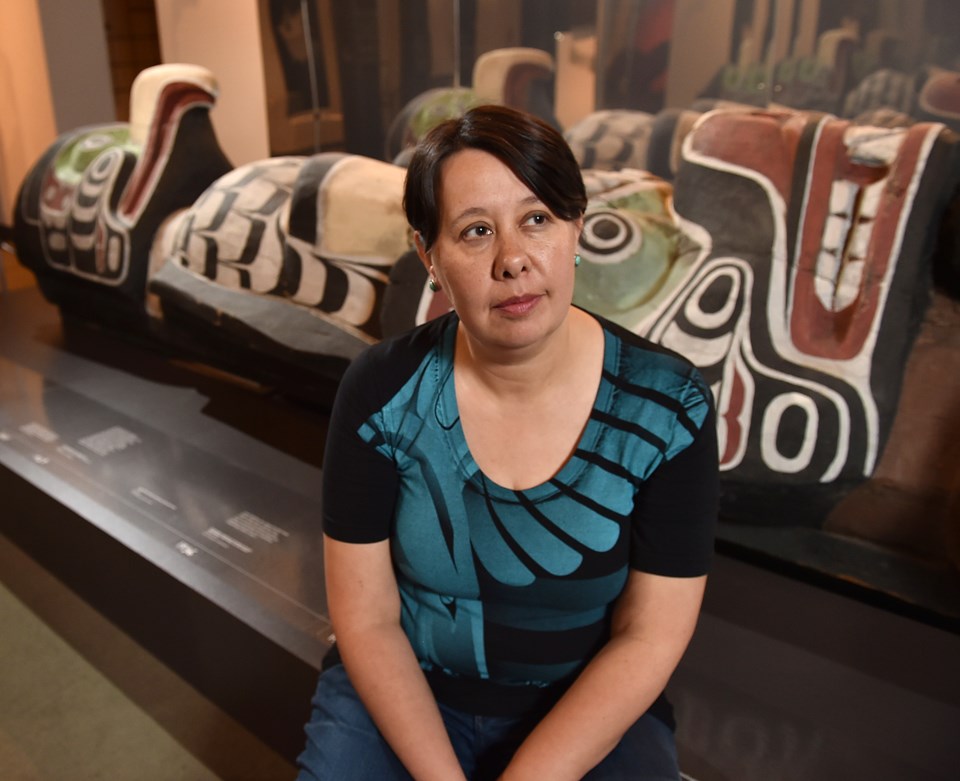As the Canadian flag-waving gets more frantic toward July 1, it’s worth stopping to consider why we’re waving those flags at all.
To explore the history of the signing of Confederation in 1867 and the 150 years of nationhood that followed is to unearth a raft of events that make Canadians uneasy to this day. Those events start, of course, with the colonization of indigenous land.
For the country’s indigenous population, Canada Day represents invasion and exclusion, their ancestors being rounded up in reserves, their children taken from them, their culture suppressed. That history is particularly dark in BC, where most land was simply taken without permission or treaty. It remains unceded to this day.
July 1 also represents the ongoing consequences of those policies: the endemic issues that continue among indigenous communities today, from basic human rights like access to clean water, education and health care, to drug abuse, alcoholism and violence, especially toward women.
“I probably celebrated Canada Day as a kid, but as I grew and learned more about the history I made a conscious decision to not celebrate,” says Ginger Gosnell-Myers, manager of aboriginal relations at the City of Vancouver.
“There’s kind of a recognition that this celebration is for some people and not all, and that’s because there’s not a clear understanding of what there is to celebrate and how it connects to all peoples. We’re not there yet.”
That process of officially reconciling the country with its dark past has begun, though; most notably with the 94 Calls to Action laid out by the Truth and Reconciliation Commission.
Gosnell-Myers, who was born and raised in a Nisga’a town in northern BC, was herself instrumental in Vancouver’s push to become the world’s first City of Reconciliation in 2013, as well in the Canada 150+ celebrations that are happening across the city throughout the summer.
These events, including a Gathering of Canoes and a Walk for Reconciliation, were created in collaboration with the Musqueam, Squamish and Tsleil-Waututh First Nations and are designed to be inclusive and offer a more meaningful representation and celebration of Canada.

Canada 150+ arose out of a consultation program with hundreds of Vancouverites and the assistance of the Urban Aboriginal Peoples Advisory Committee. It was UAPAC member Steven Eastman who suggested adding the plus sign, which he describes as a mark of resistance.
“We’re not accepting that we’re only 150 years old. It represents that there’s history in these lands since time immemorial,” says Eastman, who was born to an Ojibwe family and raised in East Vancouver. “It’s also to symbolize where we’re going from here. It’s not just 150 years since a piece of paper was signed. We’re looking to the future, how do we move forward together?”
Resistance has been forming in other ways in the lead up to Canada Day this year. The hashtag #Resistance150 has gathered a huge following on social media, while the Idle No More movement is planning a “National Day of Action” on July 1.
Indigenous artists have also been resisting the norms in works such as Corey Payette’s dark musical Children of God and the satirical, disturbing paintings of Kent Monkman.
Even in museums, traditional exhibitions are being challenged. The Museum of Vancouver’s Unbelievable exhibit, for example, brings to light many First Nations belongings that have long lain hidden in the stores.
“The goal is to start teaching the histories we’ve silenced and not acknowledged,” says Sharon Fortney, assistant curator at the museum. “You can’t really move forward until you’ve acknowledged what happened in the past. Otherwise it could happen again.”
Fortney, who is Klahoose on her mother’s side, is aiming to further increase access to First Nations belongings and build bridges between the museum and their communities.
“Education is always the key to any racism,” she says, adding that she hopes Unbelievable’s collection of exhibits with layered stories will make people pause and consider their own preconceptions and gaps in their knowledge.
Gosnell-Myers believes many Canadians even willfully maintain those gaps.
“I definitely feel like these lands have carried a lot of opportunity and a lot of posturing for Canadian success,” she says. “But what I don’t think is terribly apparent is the success is often at the expense of First Nations people, displacing First Nations, limiting First Nations rights, taking measure to harm and to eradicate culture and language, separating children from the families and communities.
“These were horrific actions that were sanctioned and carried out by the Canadian government for a long time. And Canadians for the most part went along with it,” she continues. “They were either unaware or indifferent, and I think a lot of those attitudes of indifference and lack of knowledge carry through today.”
Henry Yu paints Canada’s history in even starker terms.
“Canada was built around white supremacy, just as the US was, just as Australia was. That’s the Confederation moment,” says Yu, an associate professor of history at the University of BC.
“The phrase was used, ‘White Canada Forever,’ and it was very explicit. It was a racially exclusionary idea of Canada,” adds Yu, who cites John A. McDonald’s desire to rid the nation of indigenous peoples, and BC premier Richard McBride’s bid to build a “white man’s province” during his term at the turn of the last century.
This attitude naturally extended toward the many ethnic groups that had arrived in Canada.
Chinese immigrants helped build the railroads but were kept at arm’s length and subject to the head tax, says Yu, by way of personal example. The head tax kept his own great-grandfather and grandfather separated from their wives and children, who had to remain in China.
Japanese-Canadian families were separated in internment camps during the Second World War; the land and property seized from them when they were removed from their homes was never returned. The ultimately deadly Komagata Maru incident, which saw 376 people denied entry to Canada as a direct result of exclusionary immigration policies, is a moment of national shame.
It continues today. Recent figures by Statistics Canada reported that hate crimes against Muslims increased by 60 per cent in 2015. A recent video showing a woman demanding a white doctor at a clinic in Mississauga, Ont., went viral.
Even more recently, the influx of immigrants and refugees that have entered Canada from war-torn countries abroad has raised tensions, with claims that they’re exploiting the immigration system and want nothing more than to leech off social security.
“The anti-refugee sentiment is tied to a certain idea of Canada, about who it belongs to, about who deserves to say what it’s like,” Yu says. “And it’s tied to a certain buried history of people being cleared and taken away.”
Canadians, and perhaps Vancouverites in particular, are often told in global reports and rankings about how livable their country and cities are, how diverse and tolerant their society is. Canadians are especially proud to differentiate themselves from the US, particularly considering its current administration’s policies targeting incomers from specific countries.
But there’s danger in becoming too smug in the belief that Canada today could never stoop to such depths.
“The smugness is the result of not knowing our own history,” Yu cautions. “It would be much more humble if we knew how much political will and effort it took to overcome that nastiness, that white supremacy.”
If there’s anything to celebrate on Canada Day, it’s in the progress that has been made, says Yu. Awareness has been raised and rights won by people who railed against the government order.
“I’m going to celebrate that there has been an ideal in those 150 years, that some people, often the people who were screwed over, they had an ideal,” Yu says. “They learned this is a fair country, we have laws, everyone should be treated fairly. … And if that’s the history then I’ve no problem waving flags.”



